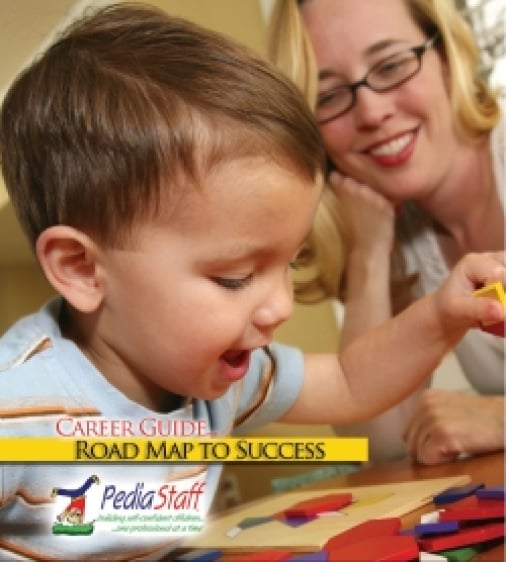Bilingualism in the New York Times
[Source: The New York Times]
By Claudia Dreifus
A cognitive neuroscientist, Ellen Bialystok has spent almost 40 years learning about how bilingualism sharpens the mind. Her good news: Among other benefits, the regular use of two languages appears to delay the onset of Alzheimer’s disease symptoms. Dr. Bialystok, 62, a distinguished research professor of psychology at York University in Toronto, was awarded a $100,000 Killam Prize last year for her contributions to social science. We spoke for two hours in a Washington hotel room in February and again, more recently, by telephone. An edited version of the two conversations follows.
Q. How did you begin studying bilingualism?
A. You know, I didn’t start trying to find out whether bilingualism was bad or good. I did my doctorate in psychology: on how children acquire language. When I finished graduate school, in 1976, there was a job shortage in Canada for Ph.D.’s. The only position I found was with a research project studying second language acquisition in school children. It wasn’t my area. But it was close enough.
As a psychologist, I brought neuroscience questions to the study, like “How does the acquisition of a second language change thought?” It was these types of questions that naturally led to the bilingualism research. The way research works is, it takes you down a road. You then follow that road.
Read the Rest of this Article on The New York Times.com
PediaStaff is Hiring!
All JobsPediaStaff hires pediatric and school-based professionals nationwide for contract assignments of 2 to 12 months. We also help clinics, hospitals, schools, and home health agencies to find and hire these professionals directly. We work with Speech-Language Pathologists, Occupational and Physical Therapists, School Psychologists, and others in pediatric therapy and education.
